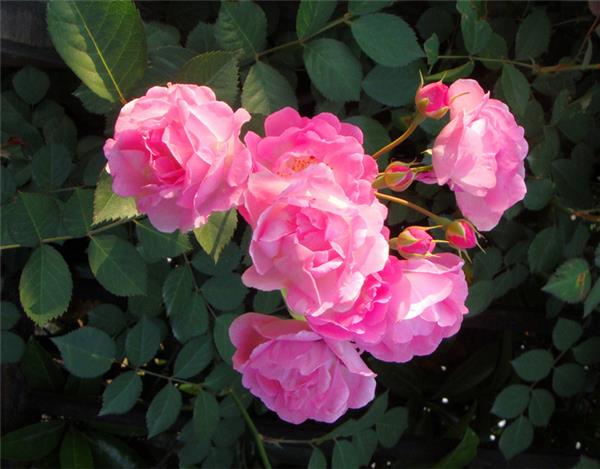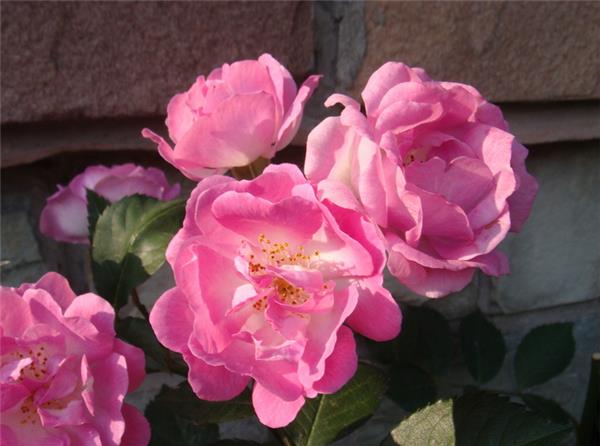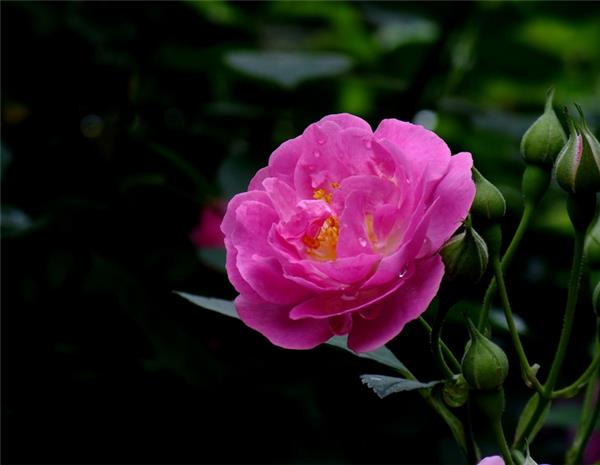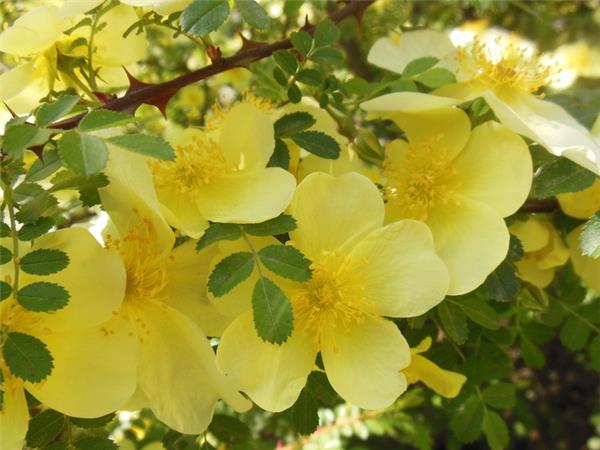How do roses reproduce?
How do roses reproduce? If you want to know about this problem, you might as well take a look at the following introduction.

How do roses reproduce?
Roses can be propagated by seeds, but most of the artificially cultivated roses have no seeds, so the roses are mostly propagated by cuttings, which are easy to operate and easy to survive, and can blossom in the same year after planting, which is widely used. However, valuable varieties are more difficult to insert and can be propagated by pressing or grafting. The methods of rosary propagation are as follows:
Using cuttings to breed, it is better to insert a new shallow tile basin with a diameter of 20 meters, because of its good air permeability and easy to take root. The culture soil composed of 20% humus garden soil, 40% horse dung dust and 40% river sand can be used as the substrate.
The best time for planting is in spring (May) and autumn (October), when the temperature is between 20 and 25 ℃.
When cutting the cuttings, select the semi-lignified and well-developed shoots of the same year as cuttings, press the knife with extremely tweezers; cut 6-10 cm with nodes, cut off the lower leaves and leave only 3-4 leaflets at the top. Buy a vitamin B12 injection, open it, dip the cuttings in the liquid, take it out and dry it for a while.

Before insertion, you should spray the soil in the basin with a spray can the day before, but do not spray too much. It is mocking and moist the next day, which is the most suitable for planting. The depth of the insert is 3-4 cm. When inserting, first use chopsticks to save a hole in the soil, and then insert the cuttings, compacting them with their hands, so that the potted soil is in full contact with the cuttings, and then pour water once.
After inserting, the flowerpot had better be covered with a plastic bag, the mouth of the bag is tied with a belt, open when it needs to be watered, and then re-fastened after pouring. The flowerpot should be placed in a sunless place, and the pot soil should be sprayed with water every day for 10 days. Except for rainy days, it can be sprayed once in cloudy days and twice in dry weather, but the amount of water sprayed should not be too much every day. Always pay attention to keeping the soil moist after 10 days. It should be shaded for 4-5 weeks, and only after budding can it be gradually allowed to accept some sunlight. It usually takes about 2 months to take root. After that, all you need is normal maintenance.

Cultivation and Management of Rose
The main results are as follows: 1. Fertilization management: Rose likes fertilizer and tolerates barren. Liquid fertilizer dominated by nitrogen can be applied once or twice in March to promote the growth of branches and leaves. From April to May, fertilizers dominated by phosphorus and potassium are applied three times to promote more flowering of its poly-pregnant buds. After anthesis, there can be no more fertilization. Rose positive flowers, like warmth, but also hardy, North China and its south, can survive the winter outdoors safely.
2. Watering management: the rose is happy and moist and afraid of waterlogging. From budding to blooming, the water can be watered more appropriately, with the soil moist but not waterlogged as the degree, not too much watering after flowering, the soil should be dry and wet, and attention should be paid to drainage and waterlogging in the rainy season.

3, pruning: the rose has strong sprouting power and luxuriant growth. if it is not pruned in time, under the conditions of muggy, humid, lack of light and poor ventilation, diseases and insect pests are easy to occur, so a pruning should be carried out after flowering. When pruning, you can choose the sturdy branches that are semi-lignified in the same year, place them in the semi-shade, transplant them in the following spring after survival, or cut off the roots of the sprouting daughter plants before sprouting in early spring.
Related
- Wuhan Hospital Iron Tree Blooming Result Was Instantly Frightened by the Gardener Master
- Which variety of camellia is the most fragrant and best? Which one do you like best?
- What is the small blue coat, the breeding methods and matters needing attention of the succulent plant
- Dormancy time and maintenance management of succulent plants during dormancy
- Minas succulent how to raise, Minas succulent plant pictures
- What are the varieties of winter succulent plants
- How to raise succulent plants in twelve rolls? let's take a look at some experience of breeding twelve rolls.
- Attention should be paid to water control for succulent plants during dormant period (winter and summer)
- Watering experience of twelve rolls of succulent plants
- Techniques for fertilizing succulent plants. An article will let you know how to fertilize succulent plants.



